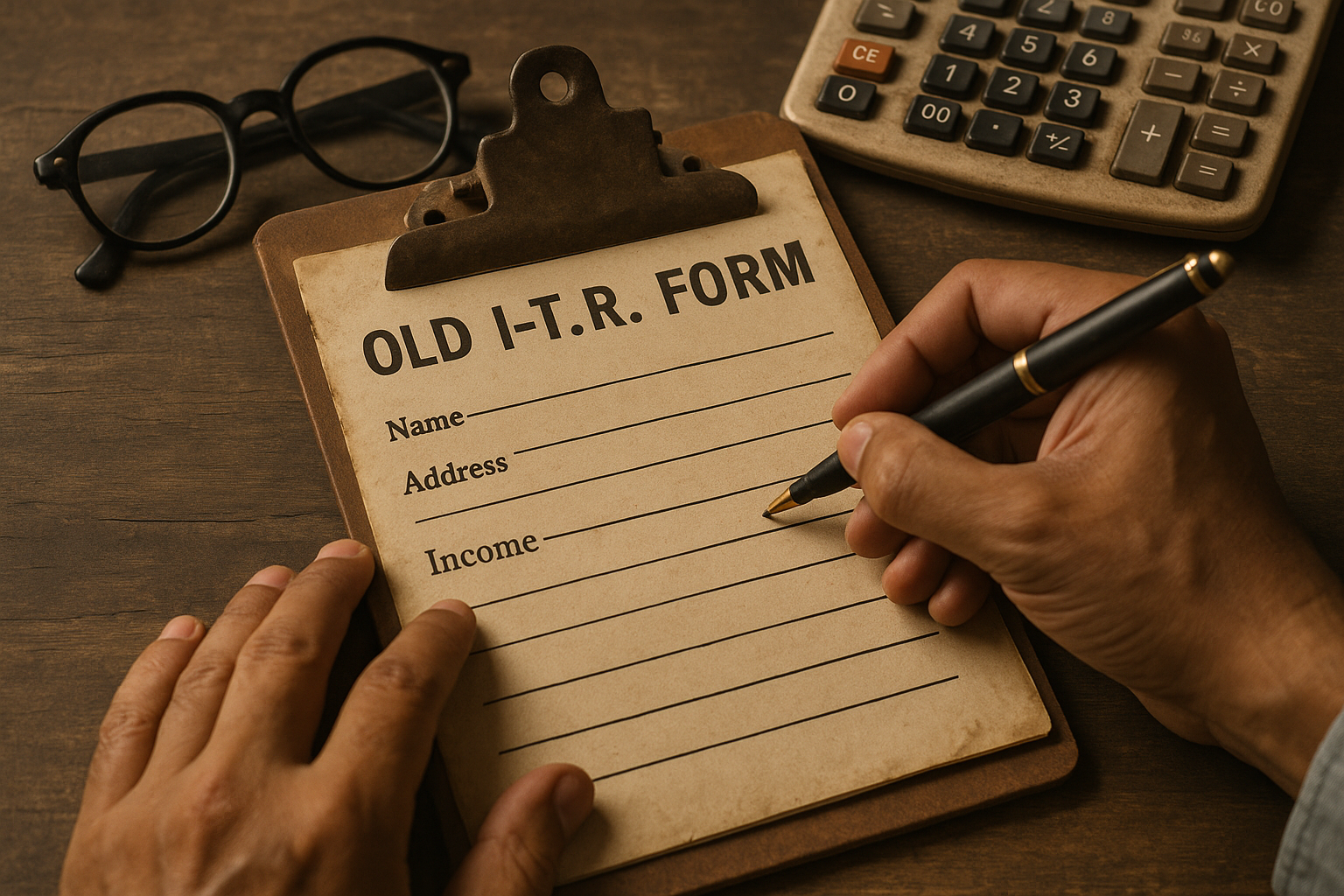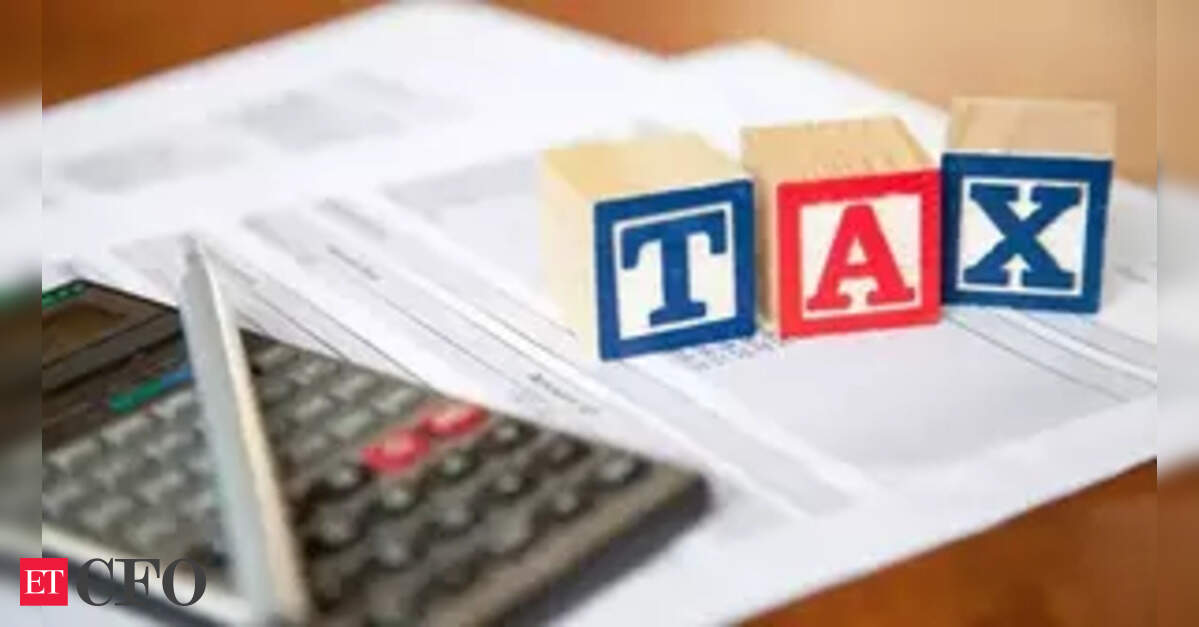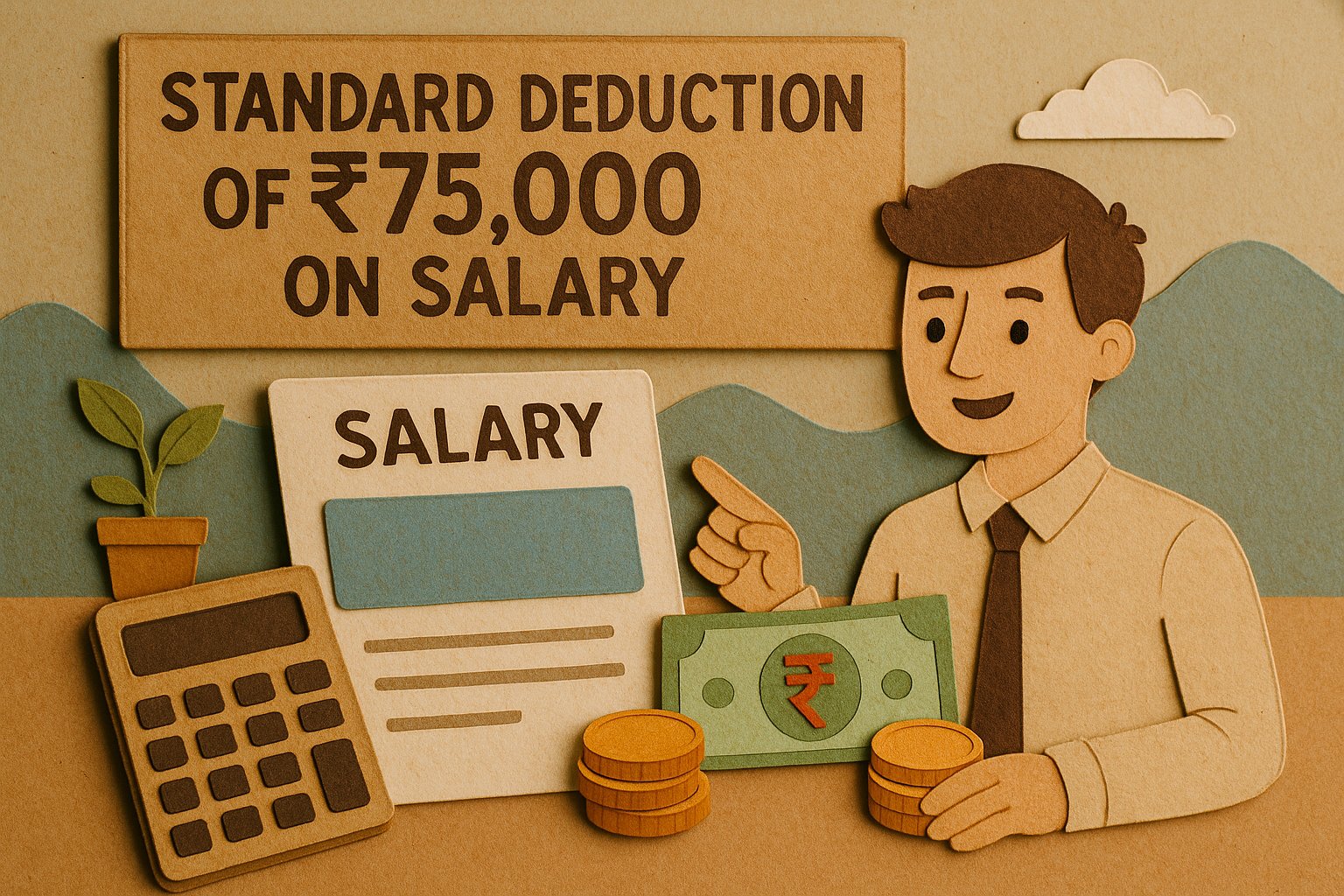Taxpayers will be liable to pay zero income tax from April 1, 2025, if their income is up to ₹12 lakh per annum.
However, even if the income exceeds that, a standard deduction of ₹75,000 and a 14% employer contribution to the National Pension System (NPS) can further reduce the tax liability.
How to calculate income tax above ₹12 lakh
Taking an example of a person earning ₹21 lakh per annum including salary income, interest income from savings accounts and dividends from equity shares, a standard deduction of ₹75,000 and an Employer contribution to an NPS account of ₹1.5 lakh can be claimed, according to an Economic Times report.
Tax is calculated based on slabs which are detailed as follows:
1) The first income tax slab is between 0 and ₹4,00,000, for which the rate is 0%.
In the case of the person earning ₹21 lakh per annum, the first ₹4 lakh demands no tax to be paid from ₹18.75 lakh (After deducting standard deduction and NPS). The balance is ₹14.75 lakh.
2) The second income tax slab is between ₹4,00,001 and ₹8,00,000, for which the tax is 5%.
The tax amount here will be 5% for four lakh from the ₹14.75 lakh, which is ₹20,000. The remaining income is ₹10.75 lakh.
3) The third income tax slab is between ₹8,00,001 and ₹12,00,000, for which the slab is 10%.
This is 10% on the next four lakh from ₹10.75 lakh, which is ₹40,000. The balance income is ₹6.75 lakh.
4) The fourth income tax slab is between ₹12,00,001 and ₹16,00,000 for which, the slab is 15%.
Deducting another ₹4 lakh from ₹6.75 lakh, brings down the balance to ₹2.75 lakh and the tax paid here will be ₹60,000.
5) The fifth income tax slab is between ₹16,00,001 and ₹20,00,000, for which the slab is 20%.
The tax to be paid here on ₹2.75 lakh will be ₹55,000.
Adding up all the tax amounts brings the tax liability to ₹ ₹1,75,000. Further, a 4% cess on this amount has to be taken too, which is ₹7,000, bringing the final amount payable as tax to ₹1,82,000.
Visit www.cagurujiclasses.com for practical courses










